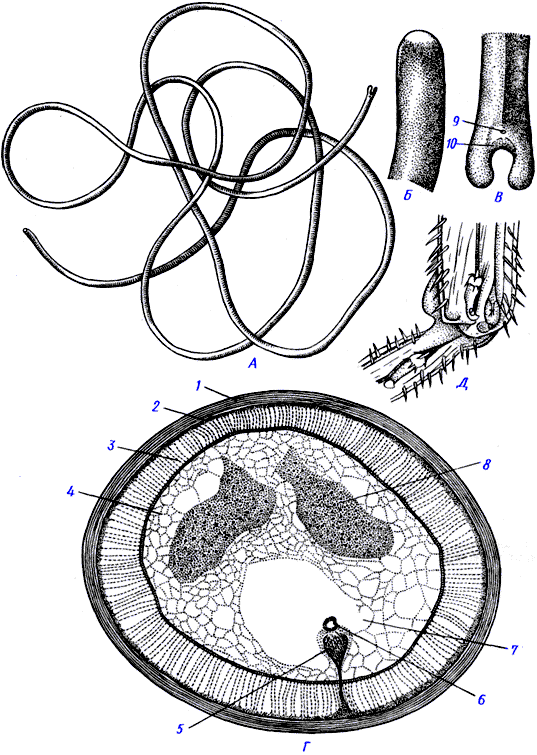Лечение острого повреждения спинного мозга: литература
Bracken MB, Shepard MJ, Collins WF, et al: Methylprednisolone or naloxone treatment after acute spinal cord injury: Results of the Second National Acute Spina] Cord Injury Study. J Neurosurg 76:23, 1992. This multi-institutional, blind, and randomized study demonstrated significant improvement in motor function in human patients 1 year following spinal cord injury with the administration of methylpredmsolone given within 8 hours of injury.
Ducker ТВ, Zeidman SM: Spinal cord injury: Role of steroid therapy. [Review]. Spine 19:2281, 1994. A review of the use of glucocorticostemids in spinal cord injury with an analysis of the First and Second National Acute Spinal Cord Injury Study.
Hall ED: Neuroprotective actions of glucocorticoid and nonglucocorticoid steroids in acute neuronal injury. [Review]. Cell Mol Neurobiol 13:415, 1993. A thorough description of the role of lipid peroxidation in concussive spinal cord injury and treatments.
Hall ED: Lipid antioxidants in acute central nervous system injury. Ann Emerg Med 22:1022,1993. A description of experimental and clinical application of methylpred-nisolone as a lipid antioxidant in acute spinal cord injury, and the potential use of 21-aminosteroids for the same purpose.
Kao CC, Chang LW, Bloodworm 1MB: Electron microscopic observations of the mechanisms of terminal club formation in transected spina] cord axons. J Neuropathol Exp Neurol 36:140, 1977. Description and mechanisms of terminal club formation that explain the mechanism of ascending and descending propagation of spinal cord injury.
Kraus KH, Pope ER, O'Brien DO, et al: The effect of aortic occlusion on transcranially induced evoked potentials in the dog. Vet Surg 19:341, 1990. Using electrophysiologic criteria, this study demonstrated that after ischemia, events occurred during reperfusion of the spinal cord that lead to dysfunction. These events primarily involved spinal cord gray matter.
Li GL, Brodin G, Farooque M, et al: Apoptosis and expression of Bcl2 after compression trauma to rat spinal cord. J Neuropathol Exp Neurol 55:280, 1996. Apoptotic cell death occurred in longitudinal white matter tracts cranial and caudal to the area of acute compressive spinal cord injury. Neurons of the gray matter did not present signs of apoptosis.
Ushio Y, Posner R, Posner JB, et al: Experimental spinal cord compression by epidural neoplasms. Neurology 27:422, 1977. An experimental study in rats characterizing compressive spinal cord injury and treatment with dexamethasone.
Young W: Strategies for the development of new and better pharmacological treatments for acute spinal cord injury. [Review]. Adv Neurol 59:249, 1993. Description of the potential for developing treatment for concussive spinal cord injury and critique of the Second National Acute Spinal Cord Injury Study.
